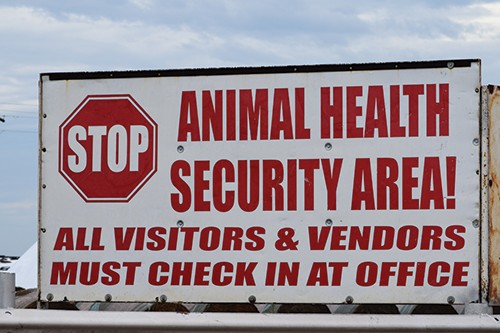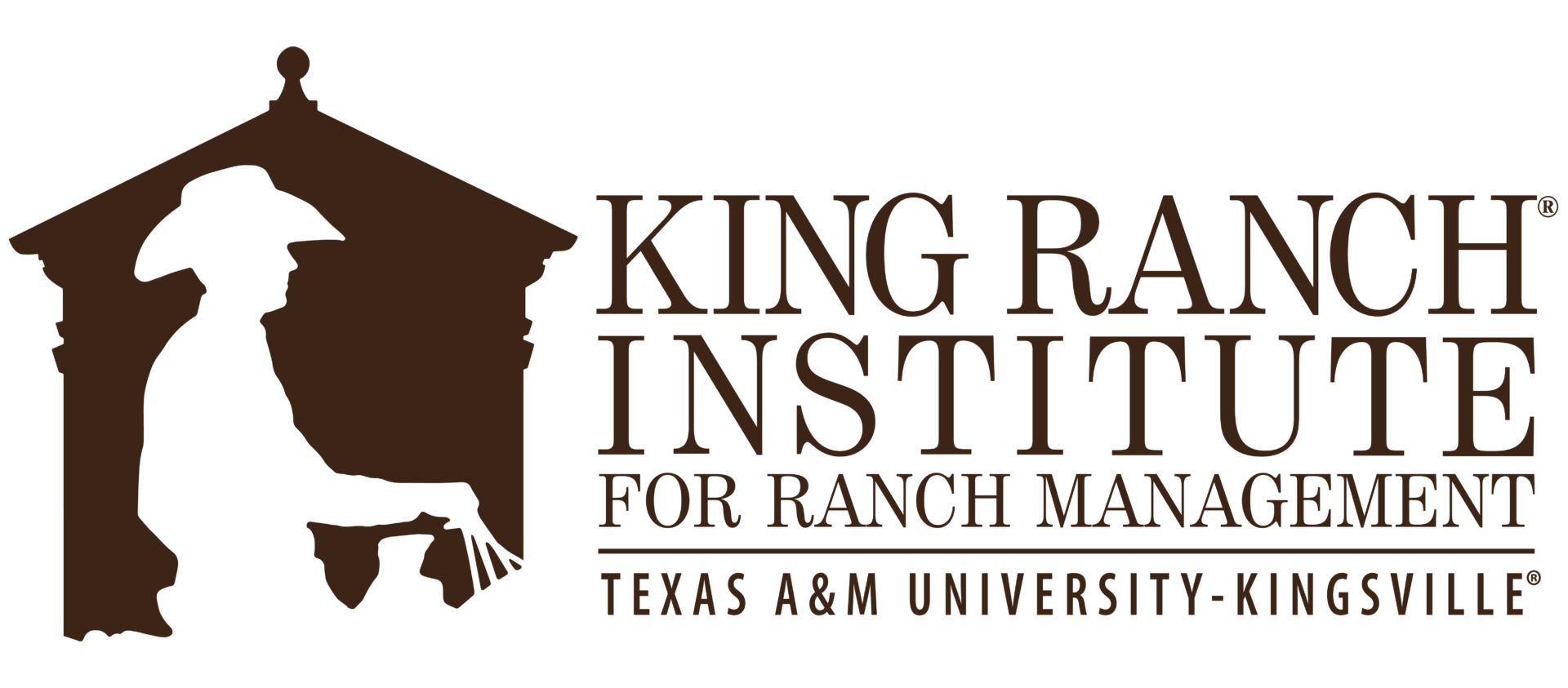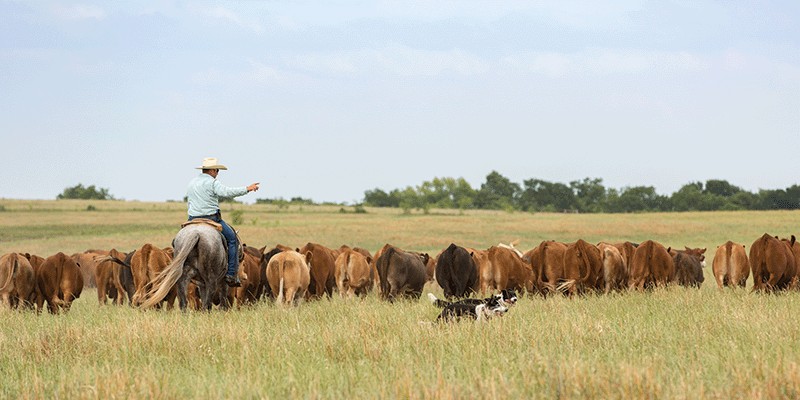By Julia Herman, DVM, MS, DACVPM
Beef Cattle Specialist Veterinarian, NCBA, a contractor to the Beef Checkoff
Every day cattle producers are taking steps to protect their families, animals, and operations from various risks. These risks could include inclement weather, poor nutrition, predators, viruses and microbes, contaminated water, among many others. The cattle production system in the U.S. does an amazing job of upholding high standards of animal care and handling, as outlined in the Checkoff-funded Beef Quality Assurance (BQA) Program. Biological risk management is also essential for the people working on farms and ranches and for preventing the spread of human illness between these operations, as seen with COVID-19. These biosecurity techniques can also be applied to your cattle herd. As discussed in BQA, the goal of biosecurity is to protect animals from disease by minimizing the movement of biological organisms such as viruses, bacteria, parasites, etc. within or onto an operation. This in turn promotes animal health and minimizes the time and labor resources required to treat a sick animal.
Prevention of common cattle diseases occurs every time a rancher checks on their herd. This may involve quarantining new additions to the herd in a separate pen for 21-30 days before introduction to the herd. This reduces the risk of spreading diseases that could be incubating and provides time to test incoming animals for parasites or other diseases of concern, like Bovine Viral Diarrhea Virus (BVDV) or Johne’s Disease. Or it could be washing buckets, bottles, trailers, or other equipment between uses for individual animals or groups of animals. This is especially important when managing young or sick animals whose immune systems are not as developed or compromised. Vaccination is a common way to aid in prevention of diseases such as Bovine Respiratory Disease in your cattle herd but applying biosecurity principles remains important because not all diseases have vaccines available. Improving general husbandry including environmental hygiene, annual employee training, and reducing stress all contribute to disease prevention. In the end, developing and maintaining a biosecurity plan that is specific to your operation is essential to keeping your herd and our food supply safe.
 Daily biosecurity practices include some of the most important steps to protecting the cattle herd. BQA has partnered with the USDA funded Secure Beef Supply (SBS) Plan to develop resources for cattle producers on how to properly prepare for daily cattle diseases. The BQA Daily Biosecurity Plan for Disease Prevention template offers an introductory, stepwise biosecurity plan for identifying biosecurity risks on cattle operations. Producers can customize plans to their own operation, allowing flexibility for producers and their resource team to evaluate what management practices work best for their situation. Working with the herd veterinarian provides unique opportunities for evaluating current practices and collaborating on steps for improvement.
Daily biosecurity practices include some of the most important steps to protecting the cattle herd. BQA has partnered with the USDA funded Secure Beef Supply (SBS) Plan to develop resources for cattle producers on how to properly prepare for daily cattle diseases. The BQA Daily Biosecurity Plan for Disease Prevention template offers an introductory, stepwise biosecurity plan for identifying biosecurity risks on cattle operations. Producers can customize plans to their own operation, allowing flexibility for producers and their resource team to evaluate what management practices work best for their situation. Working with the herd veterinarian provides unique opportunities for evaluating current practices and collaborating on steps for improvement.
This plan is a precursor to the Secure Beef Supply (SBS) Plan, an enhanced biosecurity plan which will be necessary during a potential foreign animal disease outbreak such as with foot and mouth disease (FMD). The SBS plan and training materials have more amplified biosecurity steps protecting against FMD, the most contagious viral disease that affects cloven-hooved animals (such as cattle, pigs, sheep, goats, and wildlife). This disease causes blisters in the mouth and on the feet of these animals. Thankfully FMD does NOT affect public health or food safety so humans cannot get the disease and meat and milk from affected animals are safe to eat and drink (A note – FMD is different than Hand, Foot, and Mouth Disease which does affect humans). The effects on our economy, trade, and way of life would be tremendous if this disease were to enter the U.S. or North America. On the SBS site, producers can learn more about FMD, what it looks like in affected animals, and find tools and design concepts to incorporate into their facilities and their business plans.
To improve their biosecurity practices, cattle and livestock producers can prepare by:
- Writing operation-specific biosecurity plans during peacetime that can be implemented during an outbreak
- BQA Daily Biosecurity Plan for Disease Prevention along with an example plan is available at:
bqa.org/resources/templates-assessments - Example enhanced biosecurity plans and templates for feedlots and cattle on pasture are available at: securebeef.org/beef-producers/biosecurity/
- BQA Daily Biosecurity Plan for Disease Prevention along with an example plan is available at:
- Developing contingency plans for periods of restricted movement
- For example, financial risk management will be critical if you are unable to move your animals or product during an FMD outbreak.
- This information can also be used when developing an emergency action plan
- Keeping movement records of animals, people, equipment, and other items on and off your operation
- Having a national Premises Identification Number (PIN) issued by the office of your State Animal Health Official
With these biosecurity goals, realize that biosecurity is always a work in progress as your business may change from year to year. Dr. Nick Lyons, a veterinarian focused on international animal health, has said, “Biosecurity is a verb, which means it’s always adapting to the situation.” Producers can prioritize action from the BQA Daily Biosecurity and SBS plans on what your operation has already done or can do quickly versus what could be developed over the next year. Record keeping is extremely important during normal business operations and especially during a disease outbreak.
During an FMD outbreak, there are advantages for producers who already have an enhanced biosecurity plan established and enacted. For operations within a control zone of an outbreak who are not infected with FMD, movement permits will be required to move animals or products. Enhanced biosecurity plans that are submitted will be the minimum requirement to receive a movement permit. State animal health officials will prioritize risk and work with federal animal health officials to coordinate movement decisions. Producers with these enhanced plans will likely move to the front of the line when it comes to getting permits approved, it is advisable to work with your state veterinarian’s office to better understand their requirements. It is also possible that an enhanced biosecurity plan will be needed to qualify for indemnity payments if your animals are infected and get depopulated during an outbreak. This enhanced plan proves to the state veterinarian and USDA officials that you had been implementing biosecurity steps prior to the outbreak. Even though we hope FMD never gets to the U.S., producers should recognize the benefits of biosecurity planning for every day diseases and for those transboundary diseases (also known as foreign animal diseases) such as FMD.
Biosecurity is one thing that the producer has the most control over. Biosecurity can be adapted based on risk assessments for an operation. Resources in your community such as your veterinarian, extension agent, or BQA state coordinator can work with you to write a biosecurity plan, implement the plan, and update it. They could also be instrumental in employee education on these biosecurity guidelines to focus on every day.
The most difficult concept about biosecurity is both preparing for a disease that is common, such as BRD, or a disease we hope never comes, such as FMD. These concepts are helpful in keeping both humans and animals healthy and can be continually improved upon. For more information and downloadable preparation documents, please visit Beef Quality Assurance at bqa.org or the Secure Beef Supply Plan at securebeef.org. We encourage this proactive and stepwise approach to protect your animals and your business now and in the future.
As featured in our Fall 2023 Newsletter, view more here.

